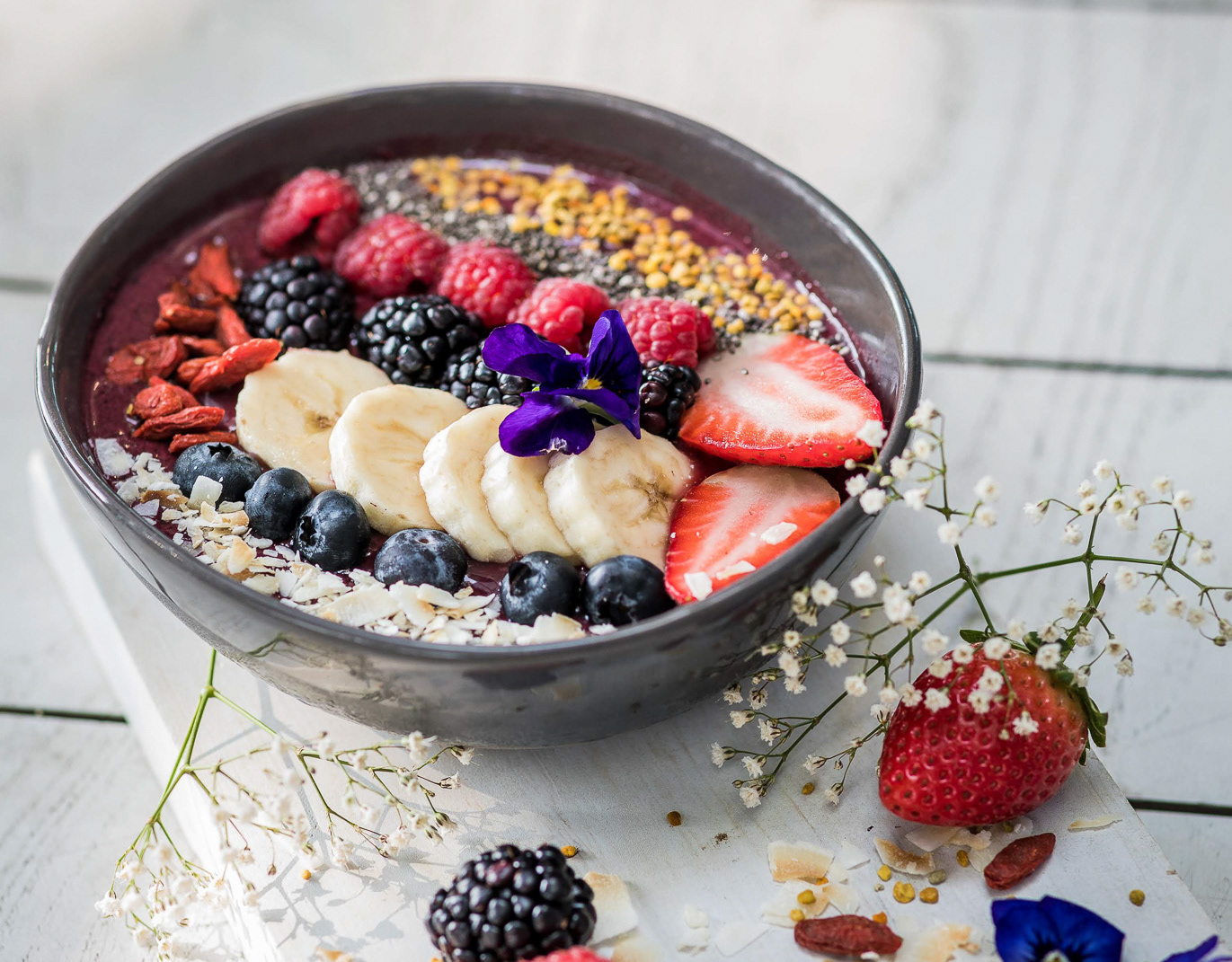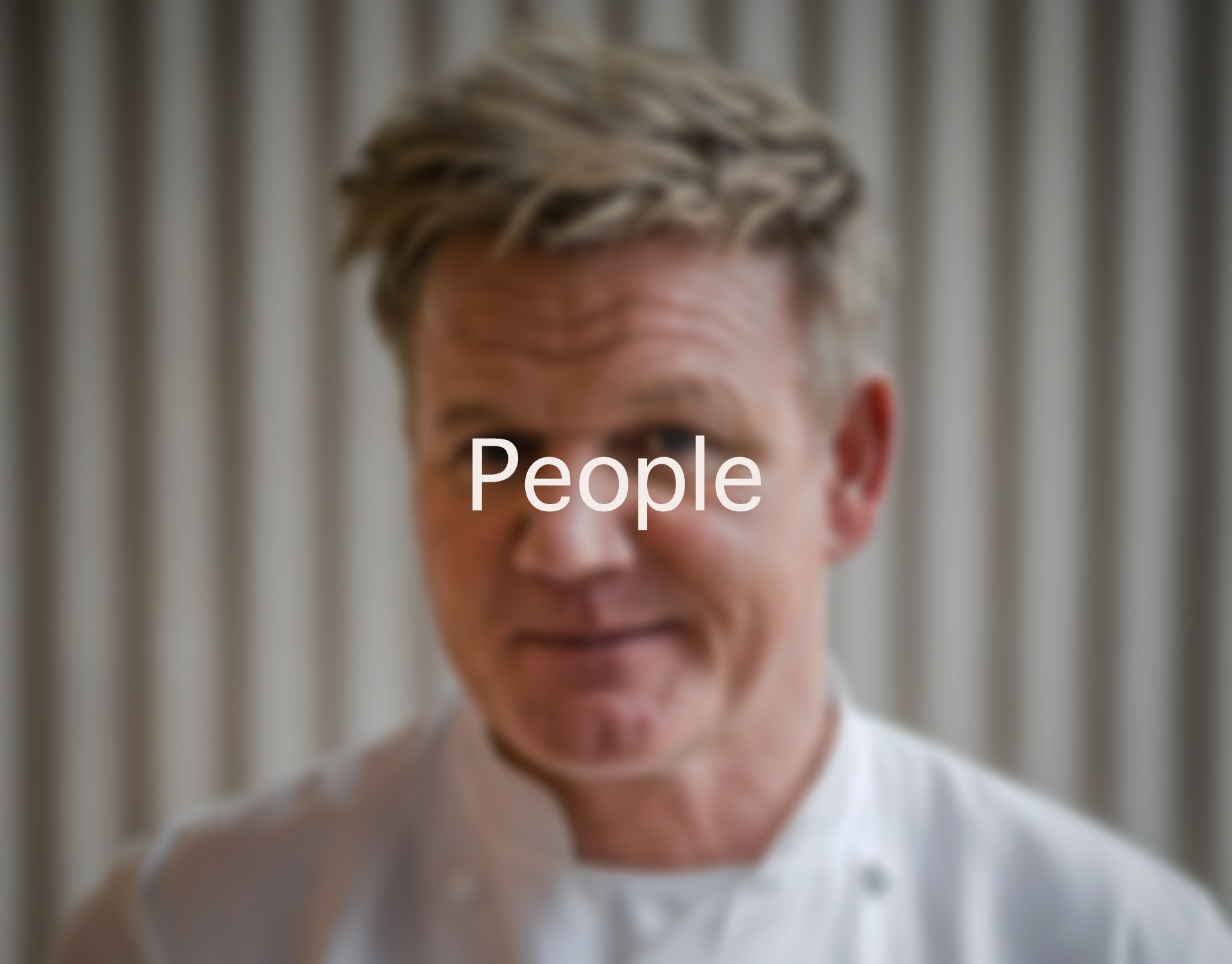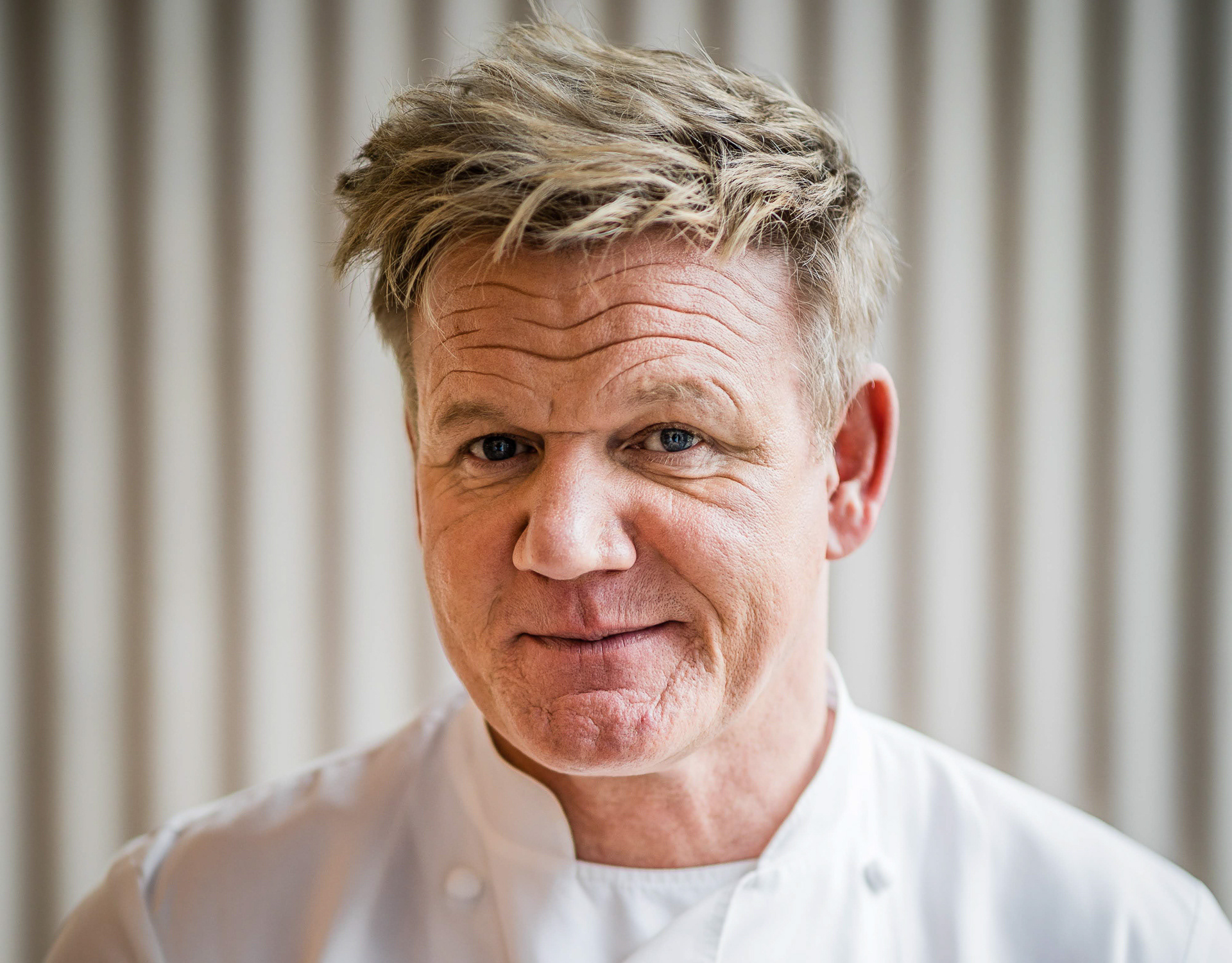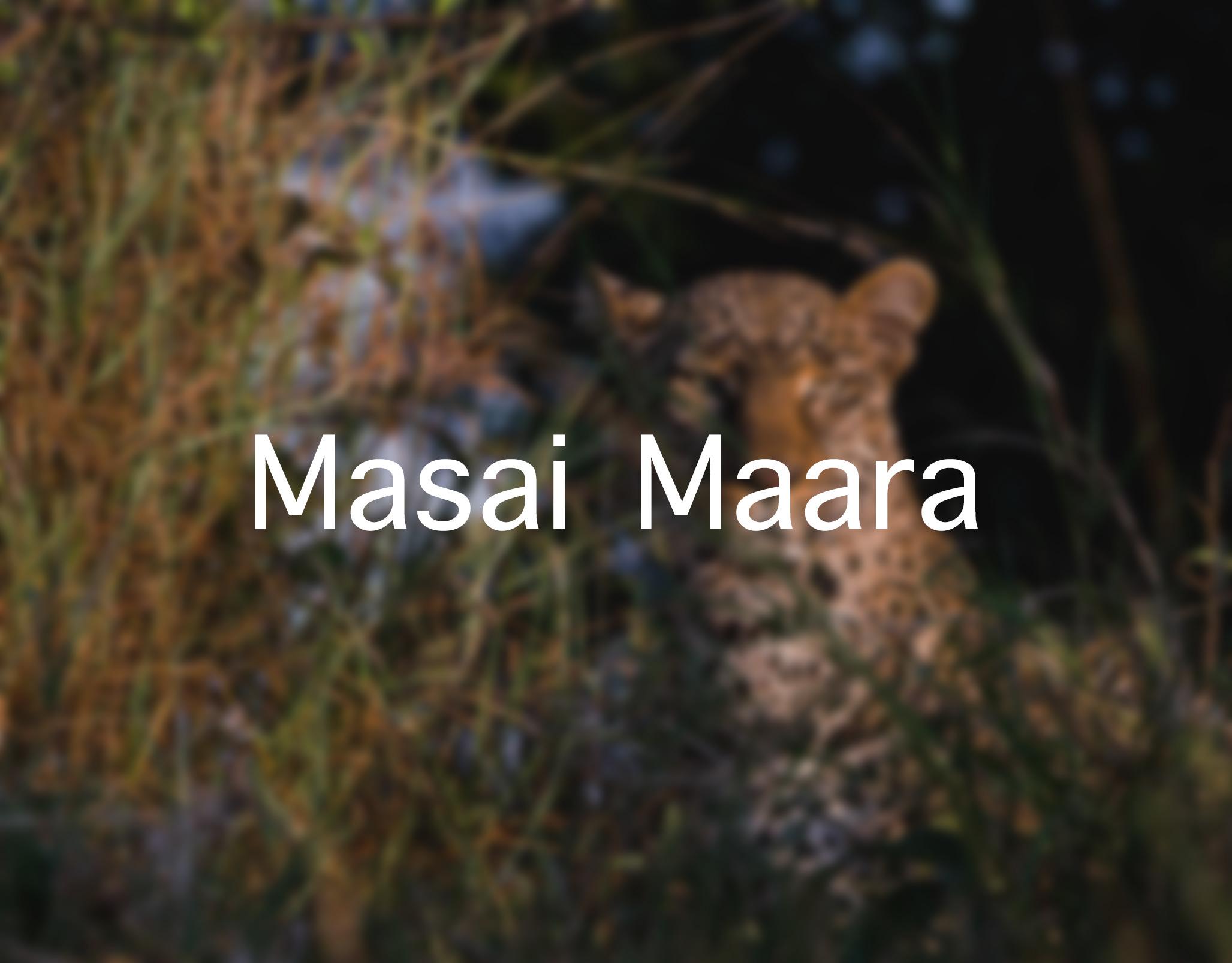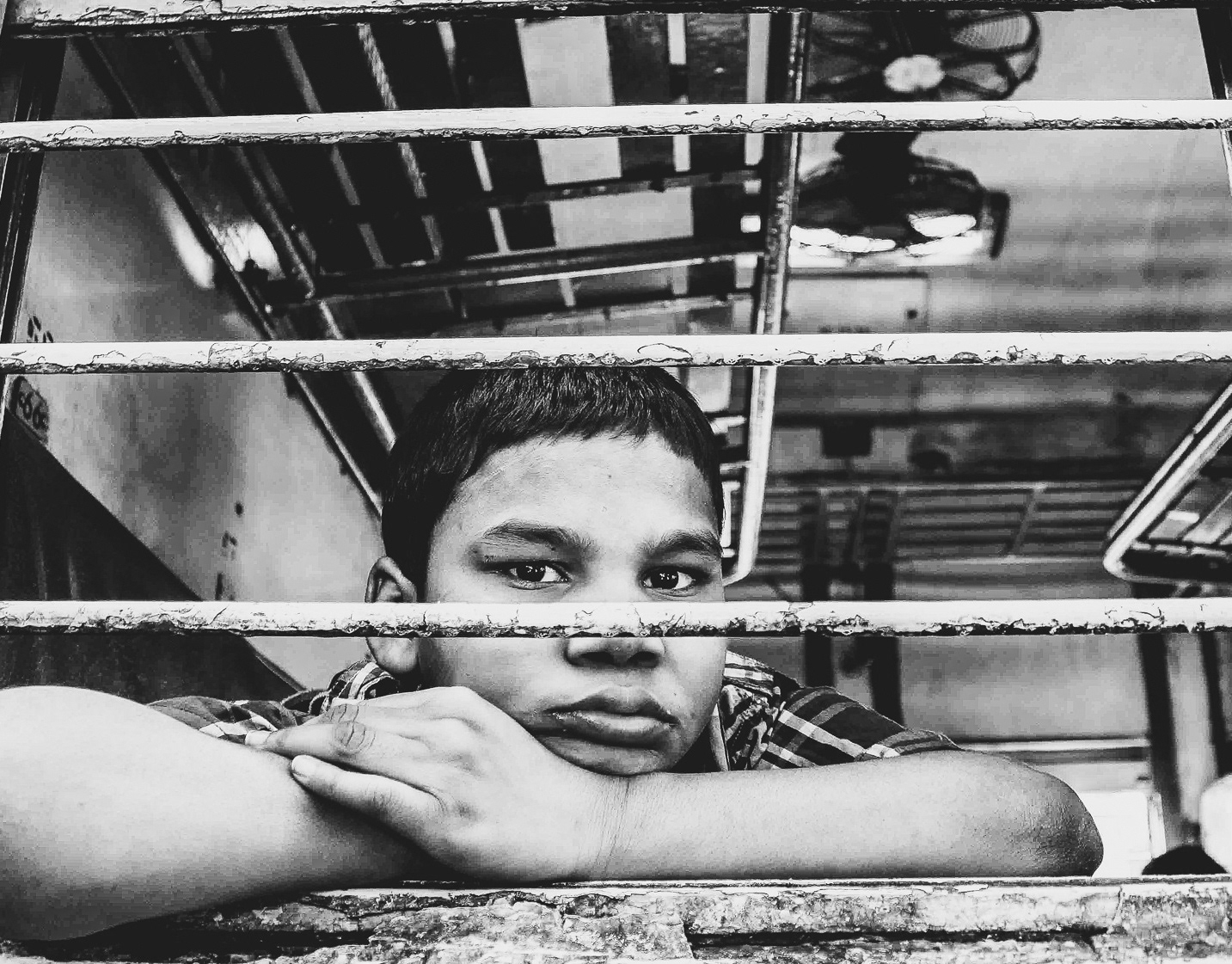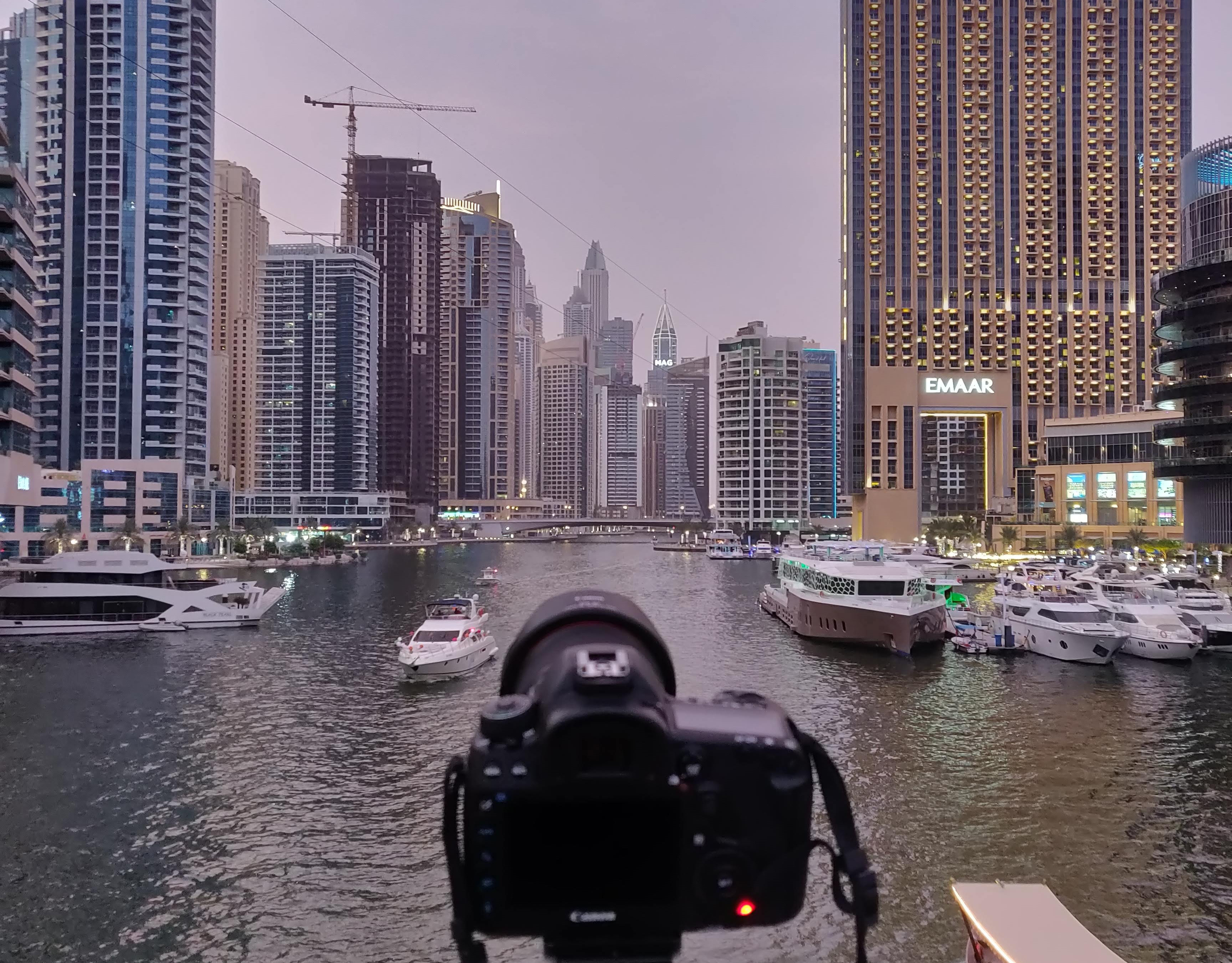These craftsmen keep pottery alive
UAE's pottery culture is not only a form of artistic expression but also appreciated for its practical function. In early times, people living in the region's dry climate used clay pots for storing food, water and even burial tombs.
Fast forward to modern times, pottery is still alive and popular. Craftsmen who started 'Al Fakher Pottery Works' 38 years ago on route E88 towards Fujairah bake over 100 pots a day.
The larger pots take shape in three separate pieces that are fused. The process can take a full day.
The designs are painstakingly cut out on the surface of the pottery items. The craftsmen take as little as 10 minutes to slice and etch elaborate designs on the pots.
Finally, they're stocked up in a cylindrical oven for cooking (baking).
The clay is sourced from Pakistan. Leftover clay is reused to make other articles. Smaller pots sell for Dh50 ($13), while larger pieces range from Dh500 to Dh1,000 ($130 to $272). Most Emiratis like to use these clay pots for storage or decorative purposes.
~~~~~~~~~~~~
The Calligraphy Artist in Old Dubai
Abdulfattah Mohammad Elsayed Malha was 10 when he picked up his first lessons in calligraphy from his father.
Having once weaved his magic on many street signs in Dubai, the man in his early sixties, creates arty souvenirs with Arabic letters for tourists at his quiet workplace in Bastakiya.
A Dubai resident for 38 years, Malha says had it not been for an accident that almost took his right hand away and ended his career, he would have never realized the true depth of his love for calligraphy.
Based out of Tanta in Egypt, Malha was one of the top calligraphers among 20 others to be picked up by the Dubai Municipality in 1980.
That began his journey to the United Arab Emirates. Malha says," Writing comes easy but doing it beautifully and creating masterpieces all the time is an art only a few can master.
He proudly mentions one of his daughters is like a photocopy of him. She is interested in learning the art which came naturally and she is determined to make it her profession.
~~~~~~~~~~~~
These dhow makers are keeping an age-old Arab tradition alive
Steeped in history, these traditional boats stretch gloriously along the Al Jaddaf dhow building yard in Dubai. The wooden vessels are the epitome of craftsmanship from a bygone era.
Building the dhows with no blueprint means no fixed measurement and no two boats look the same. Here's how experts maintain the seaworthiness of dhows.
A worker shows how harsh the seawater is towards the nails that hold the planks of wood at the bottom of the Dhow. These nails, seal, and wooden cork needs to be replaced every year to keep the seal intact.
Over a thousand nails are wrapped in the thread with a coating of resin-based chemical which helps seal the nail and wooden cork from the seawater. This process is done one nail at a time by hand using manual tools.
The resin plays an important role in keeping the dhow sealed from seawater.
The base of the dhow is held together using planks of wood joined together using nails which are hammed in with manual tools.
The nails are sealed using a combination of epoxy resin and polyamide hardener filled with silica powder. When these two are mixed together a chemical reaction called curing of epoxy happens and the system hardens hence making it waterproof.
This process is painstakingly done by hand to a thousand or more odd nails.
~~~~~~~~~~~~


